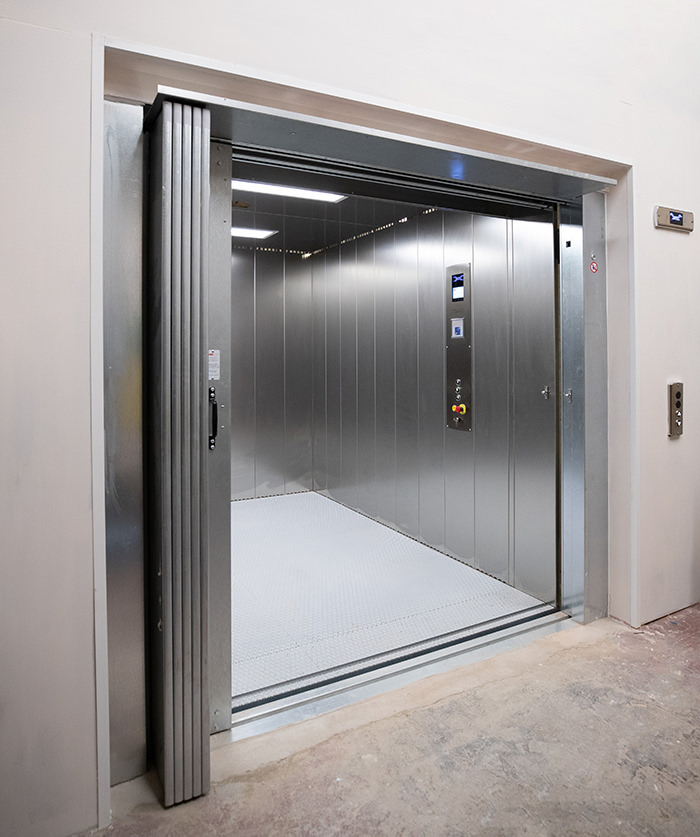We Maintain Lifts to the Highest Standards: Reliable Service for All Lift Kind
We Maintain Lifts to the Highest Standards: Reliable Service for All Lift Kind
Blog Article
Looking Into the World of Elevators: Usual Problems Faced by Numerous Lift Systems
As we navigate through the vertical transportation systems of contemporary buildings, lifts stand apart as an important component of our lives. Nonetheless, behind their smooth operation exists a world of detailed systems that can sometimes come across obstacles. From hydraulic elevators to grip systems and machine-room-less styles, each lift kind includes its collection of typical concerns. Comprehending these difficulties is important for ensuring the smooth functioning of these essential systems. Let's discover the complexities that underlie the procedure of lifts and the prospective concerns that can occur, losing light on the intricate internet of lift devices.
Hydraulic Elevators
Hydraulic elevators, usually preferred for low-rise structures, utilize fluid pressure to regulate the activity of the elevator automobile (lift repair companies). This device entails a hydraulic pump pushing oil into a cyndrical tube, creating the lift to move in the preferred instructions. While hydraulic lifts are recognized for their smooth and quiet operation, they do come with their own set of typical problems
One widespread trouble with hydraulic lifts is oil leak. Furthermore, problems with the control system, such as defective shutoffs or a malfunctioning pump, can create disturbances in the lift's motion.
Routine maintenance and prompt repairs are vital to guarantee the smooth functioning of hydraulic elevators. By addressing these common concerns proactively, structure owners can reduce downtime and ensure the safety and efficiency of their upright transport system.
Traction Elevators
When taking into consideration upright transportation systems in buildings, an additional usual type in addition to hydraulic lifts is the traction elevator. Grip elevators operate using a system of ropes and weights that move the lift auto by grasping onto the hoist ropes. This mechanism enables smoother and much faster upright transportation contrasted to hydraulic systems.
One of the usual problems faced by grip elevators is rope wear. The continuous motion of the ropes within the grip system can cause tear and put on gradually, potentially triggering the elevator to malfunction or come to be dangerous for use. Normal evaluations and upkeep of the ropes are necessary to ensure the elevator's proper performance and safety.
One more issue that traction lifts may run into is connected to the control system. Issues with the control system can bring about problems such as irregular movement, delays in feedback times, or perhaps full closures. Regular screening and upkeep of the control system are essential to avoid such issues and make sure the lift's reliability.
Machine-Room-Less (MRL) Elevators

Among the crucial elements of MRL elevators is the portable gearless traction machine that is mounted within the hoistway. This maker efficiently drives the lift auto without the requirement for bulky tools discovered in conventional grip elevators. Additionally, MRL elevators typically utilize a counterweight system to balance the automobile, more enhancing their power effectiveness.
Despite their benefits, MRL lifts may encounter challenges connected to maintenance and repair service due to the restricted room for equipment setup. Access for servicing components within the shaft can be limited, calling for specialized training for specialists. Appropriate upkeep schedules and regular assessments are crucial to guarantee the continued smooth operation of MRL elevators.
Overloading and Weight Limitation Issues
Are elevators furnished to manage excess weight lots efficiently and safely? Overloading and weight limitation issues are crucial problems in lift procedures. Lift manufacturers design lifts with particular weight capabilities to ensure traveler security and devices durability. Surpassing these weight limitations can cause numerous issues, consisting of lift repair near me mechanical failings, delays, and safety risks.
When lifts are strained, it places too much stress on the motor, cables, and other parts, possibly causing malfunctions or breakdowns. If they identify excess weight, security mechanisms such as sensing units and overload sensors are in place to protect against elevators from moving. Furthermore, exceeding weight restrictions can result in enhanced energy intake and wear and tear on the lift system.
To reduce overloading problems, building supervisors must prominently present weight limitations in lifts and inform owners on the value of adhering to these limitations - lift repair companies. Regular upkeep checks by qualified technicians can additionally help make sure that elevators are operating within secure weight specifications. By resolving overloading and weight limit concerns proactively, building owners can we maintain lifts boost elevator security and performance
Electrical System Failures
Exceeding weight limits in elevators can not only lead to mechanical issues but also potentially contribute to electric system failings within the lift framework. Electric system failings are an important problem in lift procedure, as they can create unanticipated shutdowns, malfunctions, or even safety hazards.
Routine upkeep and assessments are vital to identify and attend to potential electric problems without delay, making sure the safe and reliable operation of lift systems. By sticking to lift repair near me weight limitations and conducting routine electric system checks, building owners can mitigate the risk of electric failures in lifts.
Conclusion

Hydraulic lifts, commonly chosen for low-rise buildings, use fluid pressure to control the activity of the elevator vehicle.When taking into consideration vertical transport systems in buildings, another typical type apart from hydraulic elevators is the traction lift. Grip elevators operate utilizing a system of ropes and counterweights that relocate the elevator cars and truck by gripping onto the hoist ropes. Unlike standard elevators that call for a separate equipment area to house the devices, MRL lifts integrate many of the components within the shaft, getting rid of the need for a specialized device area.In conclusion, lifts encounter common concerns such as hydraulic malfunctions, traction system failings, and electric system problems.
Report this page